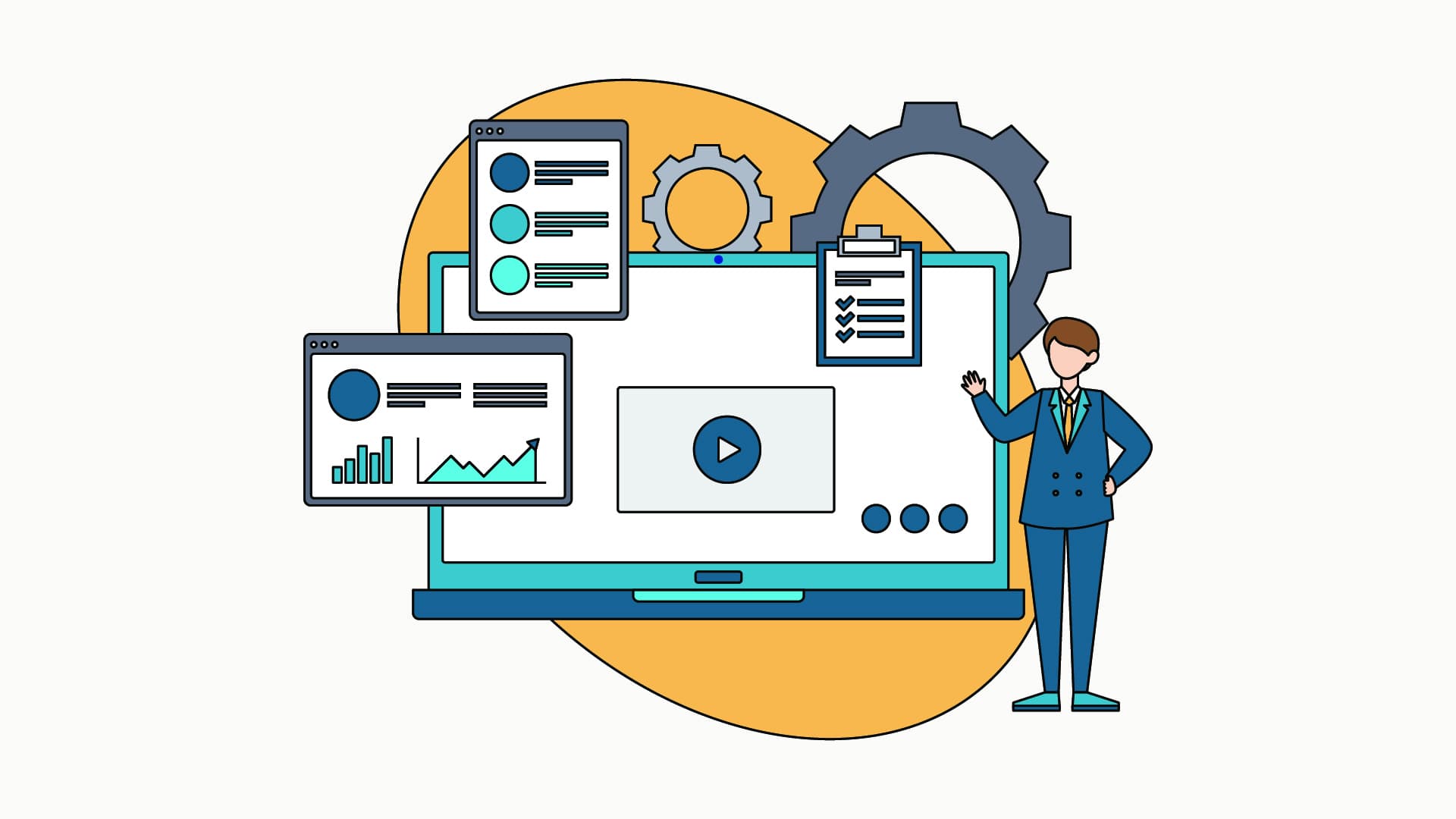Data collection guides our daily lives, especially our professional lives. The personal data collected makes it possible to target our preferences and habits. It is the same way in the world of vocational training. The Learning Record System (LRS) is there for that. But do you really know these benefits and what it brings to organizations?
What is an LRS?
Introduced in 2011 with Experience API or Experience API (xAPI), it brought significant changes to the field of e-learning and redefined the learning process.
LRS Where is Learning Record Store a server that is responsible for receiving, storing and accessing Learning Records (training data). It can store various sources in xAPI format such as online courses, websites, games, and simulators.
As a reminder: an entry in xAPI format always has the following syntax:
- User + Verb + Object
For example: David.C searched for “management” in the LXP or Carole.U shared this content.
But what are the benefits of LRS?
The benefits of LRS
The LRS is not yet considered essential for an organization. However, your organization will be grateful to have implemented it in due time. To convince you, we summarize the advantages of an LRS!
S like to store
It's important to note that the LRS S stands for store, where learner experience data is stored. Unlike an LMS, An LRS allows you to be the owner of the data collected. Later, it's up to you to decide how to use the data and what actions to take to get the output you want.
Can be used for everyone
An LRS is designed for everyone. It's not just limited to schools and high schools. The LRS is also widely used by IT, healthcare, and manufacturing companies for training purposes. Every organization, regardless of sector and domain, can use an LRS to store formal and informal data.
Access to informal learning data
One of the advantages of an LRS is that it collects formal and informal learning data through the xAPI, where the only traces collected previously were collected from the LMS. In other words, according to the basis of the template 70/20/10, only 10% of educational activities could be analyzed.
Model 70/20/10:
Informal learning:
- 70% for experience and practice, during implementation.
- 20% for social, professional, and personal interactions
Formal learning:
- 10% for traditional face-to-face or distance learning
The xAPI standard makes it possible to store, visualize, and analyze formal and informal, social and collaborative learning from a variety of sources and media.
To summarize, the LRS makes it possible to centralize, record, analyze and retrieve:
- Traces of activities;
- Activity profile;
- document sharing;
- The status of completion of the activity;
- user preferences;
Bring something new
The advantage of using an LRS is the many positive changes it brings with the implementation of traces in xAPI format. Here are a few examples:
- opening the data to other systems to facilitate the exploitation of the data collected;
- data exchange is facilitated between the various learning modules;
- having an LRS makes it possible to facilitate the management of follow-up data from heterogeneous training courses by centralizing them.




